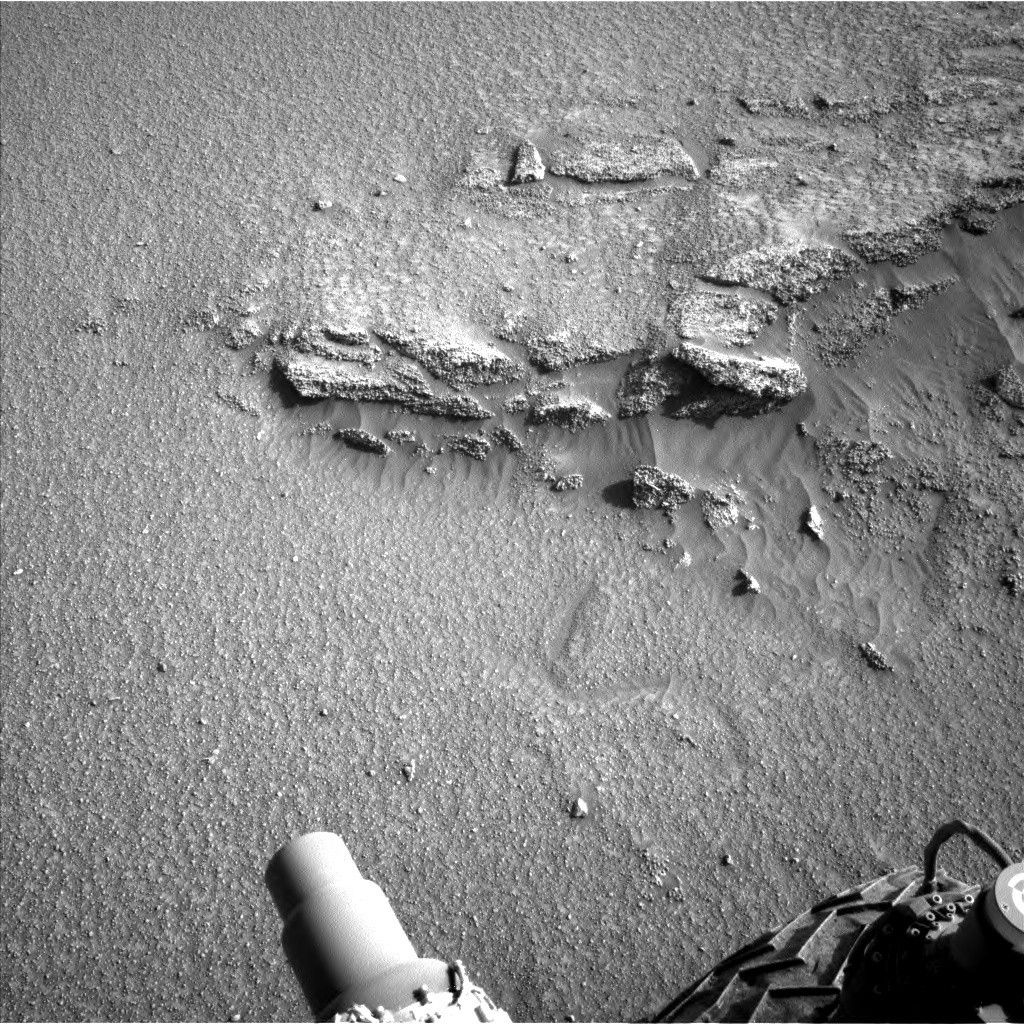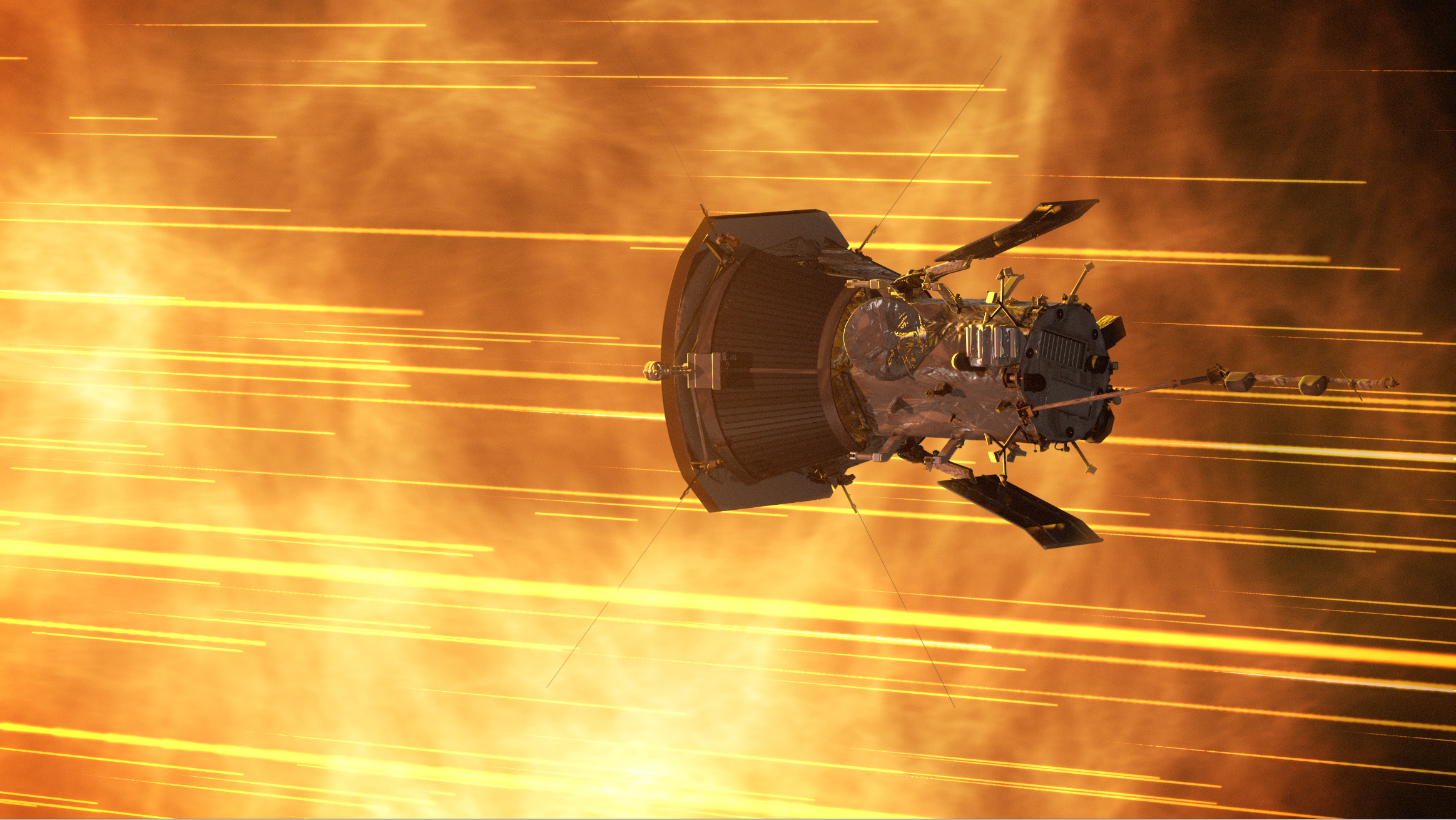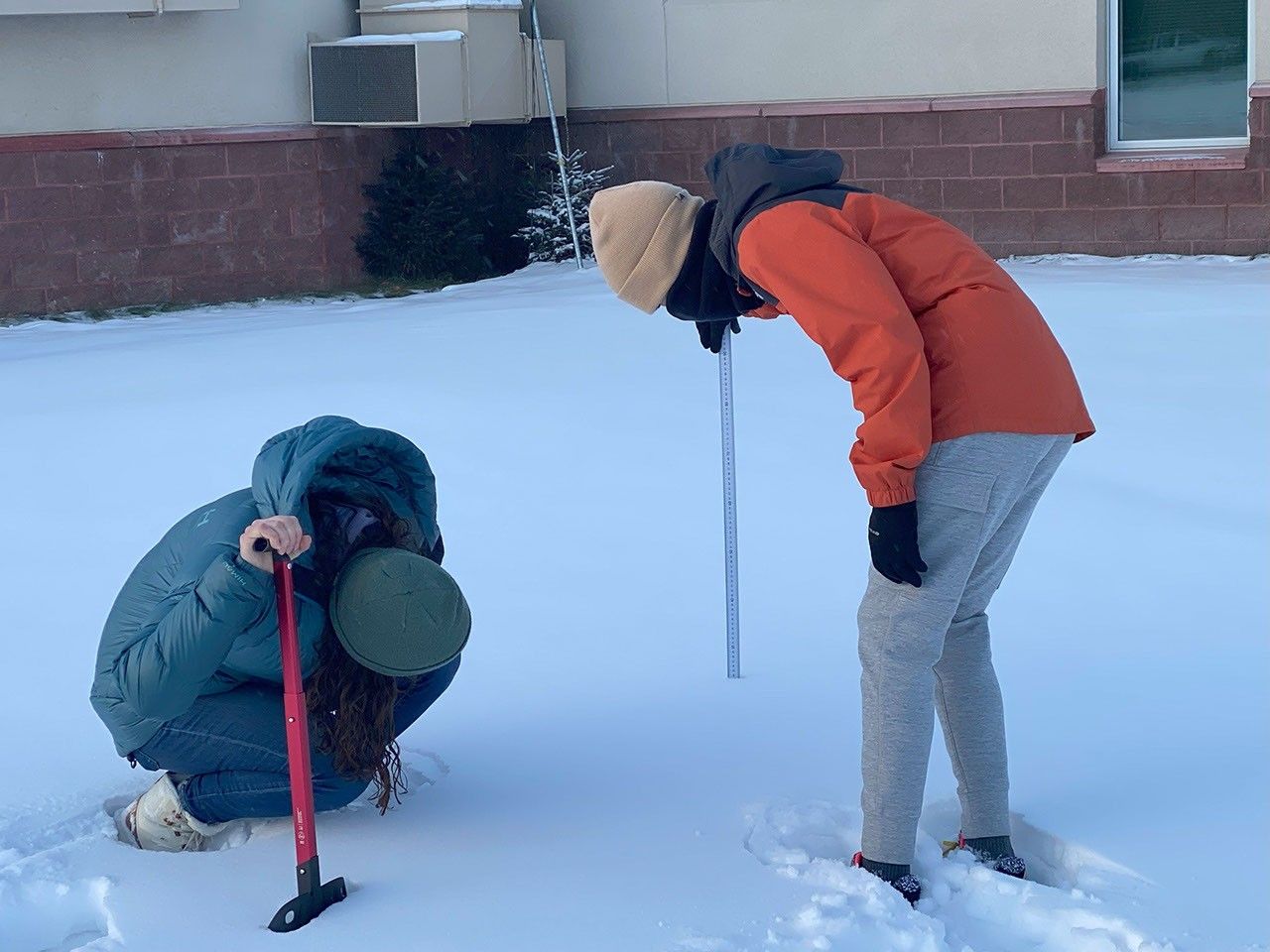Recently Published
Stay up-to-date with the latest content from NASA as we explore the universe and discover more about our home planet.

Sylvie Crowell, a materials researcher at NASA’s Glenn Research Center in Cleveland, has received a NASA Early Career Initiative (ECI) award for a research proposal titled “Lunar Dust Reduction through Electrostatic Adhesion Mitigation (L-DREAM).” The research focuses on developing a…

Thousands of baseball fans travel across the country annually to watch teams compete in Omaha, Nebraska, during the NCAA Men’s College World Series in June. This year, NASA’s Glenn Research Center in Cleveland swung for the fences to celebrate the…

Nineteen teams of students from across the nation in grades 8-12 worked for months in classrooms, labs, basements, and garages for the opportunity to test their projects at NASA’s Glenn Research Center in Cleveland. This spring, the teams’ hard work…

Written by Sharon Wilson Purdy, Planetary Geologist at the Smithsonian National Air and Space Museum Earth planning date: Monday, July 14, 2025 The Curiosity rover continues to navigate through the region of Mount Sharp characterized by the boxwork terrain. After…

Written by Michelle Minitti, MAHLI Deputy Principal Investigator, Framework Earth planning date: Friday, July 11, 2025 Imagine this vista as the view out your office window to start your workday. Your natural tendency would be to grab your camera and…

NASA has selected seven companies to assist the agency with architectural and engineering services at multiple agency centers and facilities. The Western Regional Architect-Engineer Services is an indefinite-delivery/indefinite-quantity multiple award contract has a total estimated value not to exceed $75…

From June 16–18, 2025, the NASA Science Mission Directorate Community of Practice for Education (SCoPE) Summer Symposium brought together a community of scientists, educators, and outreach professionals to celebrate and strengthen NASA’s commitment to developing its workforce and broadening participation…

A previously unexplored globular cluster glitters with multicolored stars in this NASA Hubble Space Telescope image. Globular clusters like this one, called ESO 591-12 or Palomar 8, are spherical collections of tens of thousands to millions of stars tightly bound together by…

A host of scientific investigations await the crew of NASA’s SpaceX Crew-11 mission during their long-duration expedition aboard the International Space Station. NASA astronauts Zena Cardman and Mike Fincke, and JAXA (Japan Aerospace Exploration Agency) astronaut Kimiya Yui, are set…

Axiom Mission 4 (Ax-4) splashed down in the Pacific Ocean at 2:31 a.m. PDT Tuesday ending a 20-day spaceflight that saw the private astronauts perform critical microgravity research aboard the International Space Station. Veteran astronaut Peggy Whitson, who has accumulated…

An international team of astronomers has uncovered new evidence to explain how pulsing remnants of exploded stars interact with surrounding matter deep in the cosmos, using observations from NASA’s IXPE (Imaging X-ray Polarimetry Explorer) and other telescopes. Scientists based in the…

Two Stars in Solar Science It takes a lot of work to make space missions happen. Hundreds or even thousands of experts work as a team to put together the spacecraft. Then it has to be tested in conditions similar…

Editor’s Note: This post highlights a combination of peer-reviewed results and data from Webb science in progress, which has not yet been through the peer-review process. As data from NASA’s James Webb Space Telescope becomes public, researchers hunt its archives…

Scientists predict one of the major surveys by NASA’s upcoming Nancy Grace Roman Space Telescope may reveal around 100,000 celestial blasts, ranging from exploding stars to feeding black holes. Roman may even find evidence of some of the universe’s first…

The NASA-supported fourth private astronaut mission to the International Space Station, Axiom Mission 4, completed its flight as part of the agency’s efforts to demonstrate demand and build operational knowledge for future commercial space stations. The four-person crew safely returned…

With over 25 years of experience in human spaceflight programs, Melissa Harris has contributed to numerous programs and projects during key moments in NASA’s history. As the life cycle lead and Independent Review Team review manager for the Commercial Low…

Written by Ashley Stroupe, Mission Operations Engineer at NASA’s Jet Propulsion Laboratory Earth planning date: Wednesday, July 9, 2025 In today’s plan, we have a little bit of everything. With it being winter still, we are taking advantage of the…

There is no excerpt because this is a protected post.

Seasonal snow plays a significant role in global water and energy cycles, and billions of people worldwide rely on snowmelt for water resources needs, including water supply, hydropower, agriculture, and more. Monitoring snow water equivalent (SWE) is critical for supporting…

This image, taken by NASA’s New Horizons spacecraft on July 14, 2015, is the most accurate natural color image of Pluto. This natural-color image results from refined calibration of data gathered by New Horizons’ color Multispectral Visible Imaging Camera (MVIC). The…

The SpaceX Dragon spacecraft undocked at 7:15 a.m. EDT from the space-facing port of the International Space Station’s Harmony module, completing the fourth private astronaut mission to the orbiting laboratory, Axiom Mission 4 (Ax-4).

NASA’s live coverage is underway on NASA+ for the undocking of the fourth private astronaut mission, Axiom Mission 4 (Ax-4), from the International Space Station. Learn how to watch NASA content through a variety of platforms, including social media.

At 5:07 a.m. EDT, the hatch closed between the SpaceX Dragon spacecraft and the International Space Station in preparation for the undocking and return to Earth of Axiom Mission 4 (Ax-4), with astronauts Peggy Whitson, Shubhanshu Shukla, Sławosz Uznański-Wiśniewski, and…

Teresa Sindelar always knew she wanted to be a part of human spaceflight, but she was unsure how to make that dream a reality until a chance encounter with former NASA astronaut Tom Stafford when she was 11 years old.…

NASA’s live coverage is underway on NASA+ for the departure of the fourth private astronaut mission, Axiom Mission 4 (Ax-4), from the International Space Station. Learn how to watch NASA content through a variety of platforms, including social media.

























